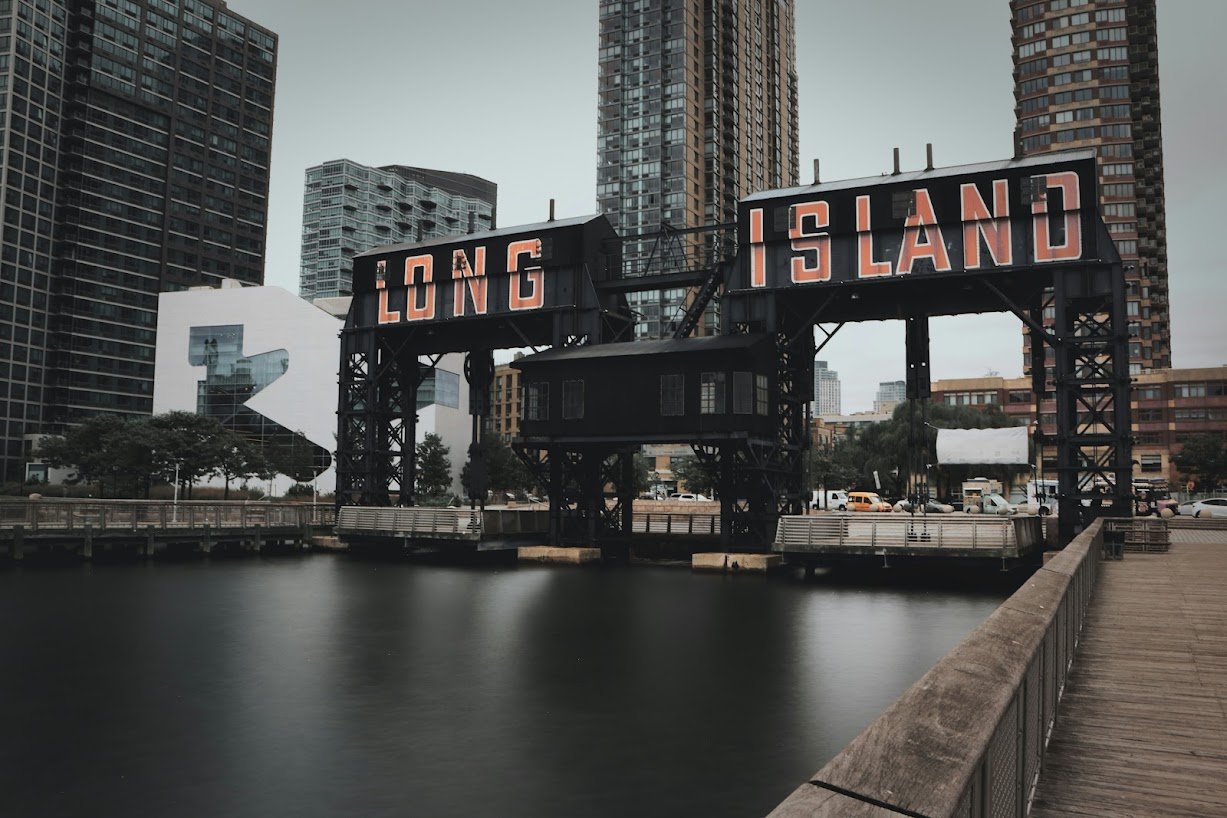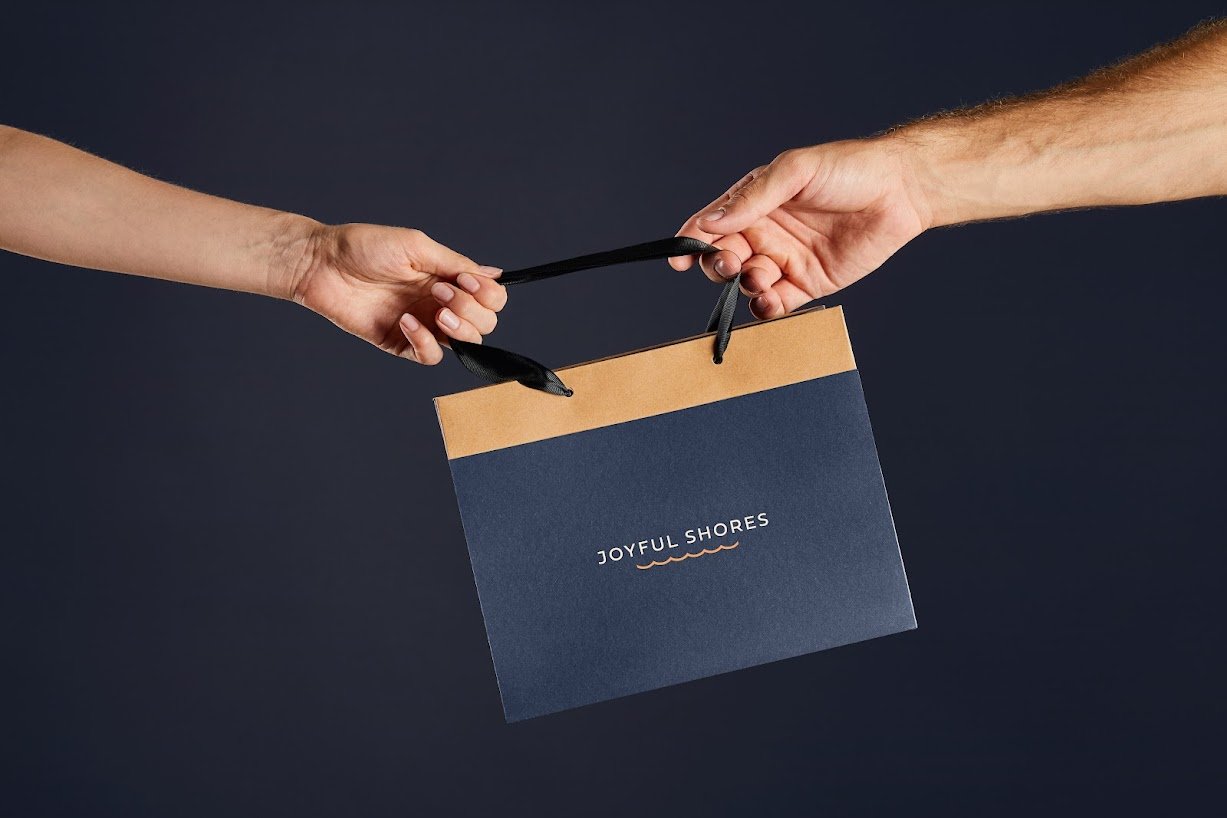
Dive In to Joyful Shores
Did you know? Cannabis has been used for over 3,000 years for its medicinal properties.
〰️
Tip of the Day: Storing your cannabis in a cool, dark place can help preserve its potency.
〰️
Cannabis Mythbuster: Indica and Sativa strains don't solely determine your high. Terpenes play a key role too. Uncover the science behind your experience!
〰️
Did you know? More THC doesn't always mean a stronger effect. Learn why balance and the 'entourage effect' matter.
〰️
Did you know? Cannabis has been used for over 3,000 years for its medicinal properties. 〰️ Tip of the Day: Storing your cannabis in a cool, dark place can help preserve its potency. 〰️ Cannabis Mythbuster: Indica and Sativa strains don't solely determine your high. Terpenes play a key role too. Uncover the science behind your experience! 〰️ Did you know? More THC doesn't always mean a stronger effect. Learn why balance and the 'entourage effect' matter. 〰️
Effortless Access to Cannabis
As one of Long Island's first fully licensed cannabis dispensaries opening in 2024, Joyful Shores is pioneering a new wave of convenience and joy in cannabis shopping. We’re focused on offering an easy, anxiety-free experience for customers of all experience levels. From online pre-ordering and direct-to-your-door delivery to seamless in-store kiosks, we strive to ensure your path to finding the perfect product is straightforward and satisfying. Experience the joy of cannabis with us.
Online
Click, collect, chill. Dive into our digital shelves from the comfort of wherever you are. It's like having a cannabis concierge at your fingertips.
In-Store
Come say hey. Our in-store experience is designed for comfort and discovery, with interactive kiosks to guide you to the perfect product.
Delivery
For the homebodies and plan-makers. Why pause your comfort or disrupt your plans? Let us bring the best of Joyful Shores to your doorstep. Ideal for days when putting on pants feels like a big ask.
FAQs
-
Cash and debit card. There is an ATM on site.
-
Yes, adults 21+ need a valid form of government ID to purchase cannabis.
Valid forms of ID are:
(i) a valid driver's license or non-driver identification card issued by the New York State
Department of Motor Vehicles, the federal government, any United States territory, commonwealth or possession, the District of Columbia, a state or local government within the United States or a provincial government of the dominion of Canada;
(ii) a valid federal, state, or local government identification, including IDNYC, stating the individual’s age and a photograph of the individual’s face;
(iii) a valid passport issued by the United States government or any other country;
(iv) a consular identification card; or
(v) an identification card issued by the armed forces of the United States
-
Adults 21 years of age and older may possess up to 3 ounces of cannabis and 24 grams of concentrated cannabis (like vaporization oil or an edible).
-
8 a.m. to 2 a.m., seven days a week. Store hours are subject to change.
-
Intro to Cannabinoids
INDICA AND SATIVA
It’s commonly believed that Indica or Sativa are the main characteristics that influence a strain’s effects.
But there is little evidence supporting the idea that Indicas are consistently sedating and Sativas are consistently uplifting.
We utilize the Indica and Sativa spectrum for convenience but there are more effective ways to guide your customers to the right products. Other guiding characteristics to consider are:
Cannabinoid profile
Terpene profile
Unique biology and tolerance
Dose and bioavailability
Consumption method and product type
ENDOCANNABINOID SYSTEM
All human bodies contain a biological system called the endocannabinoid system (ECS). The body naturally produces molecules called “endocannabinoids” that interact with the ECS to maintain homeostasis in our bodies.
The ECS is connected to almost every major organ system in our bodies, working to regulate many important bodily functions including, pain response, gastrointestinal activity, cardiovascular activity, immune function, inflammatory response and more.
It is because of the ECS that humans can experience the effects of cannabis. The cannabis plant contains chemical compounds called “cannabinoids” that, when consumed, interact with the ECS, essentially mimicking the endocannabinoids that our bodies naturally produce.
ECS & CANNABINOIDS
Not all cannabinoids interact with these receptors in the same way, which is why different cannabinoids produce different effects. THC activates the CB1 receptors in the brain producing psycho-active effects, but CBD doesn’t “fit” into CB1 receptors in the same way.
Instead, CBD essentially blocks the CB1 receptor, preventing THC from activating those receptors. By blocking CB1 receptors, CBD can stop THC from activating some CB1 receptors. This explains why CBD can decrease some of THC’s negative side effects and why a balanced strain may make someone feel less high than a THC-dominant strain.
ECS RECEPTORS
The ECS is made up of a network of receptors. When humans consume cannabis, the ECS receptors act like a lock and the cannabinoids act like a key, unlocking the body’s ability to experience the effects of cannabis.
There are two major cannabinoid receptors in the body, CB1 and CB2:
CB1 receptors are located primarily in the brain and nervous system and help regulate processes like memory, cognition, pain sensation and our perception of time.
CB2 receptors are located throughout the nervous and immune systems, and skin, and help to regulate inflammation.
Delta 9-THC
Delta-9-THC, or more commonly referred to as just “THC” is the chemical compound responsible for the “high” feeling associated with cannabis use.
THC effects everyone’s body differently but is best known to provide possible relief from insomnia, pain, stress and depression, nausea and vomiting, lack of appetite, sex related discomfort and inflammation. Likewise, THC also commonly has some negative side-effects like paranoia, anxiety, racing heartbeat, dry mouth/eyes, etc.
A product’s THC level is one of many factors that influence its effects, starting with the fact that everyone’s body processes THC differently. It’s important to ask your customers about their tolerance to THC and if they’re new users, the best approach is starting small and working their way up.
CBD
CBD may be effective in treating pain caused be inflammation, for example, arthritis, Crohn’s, headaches, cramps, and muscle aches, as well as treating the prickling, tingling and burning sensations caused by neuropathic pain. CBD may not be as effective at treating other types of pain.
Delta 8-THC
Delta-8-THC is a cannabinoid that is very similar to the more popular known Delta-9-THC. To differentiate between the two, Delta-9-THC is commonly referred to as just “THC”, whereas Delta-8-THC is commonly referred to as “Delta-8”.
Like THC, Delta-8 is also psychoactive, but not as strong… Think of it like decaf THC, it will still get you high, but it will be a little more mellow.
Delta-8 is found in small amounts in the cannabis plant but is growing in popularity in products like drinks and gummies.
CBG
The acid form of CBG, CBGA is known as the “Mother Cannabinoid”, because as the cannabis plant matures, CBGA is the first cannabinoid to form and ultimately will convert into THCA, CBDA and small amounts of CBG. CBG is naturally present in very low concentrations but can be manipulated to obtain higher yields.
CBG is a non-intoxicating cannabinoid that can bind to both ECS receptors. CBG thus interacts with the body’s internal system like CBD does, blocking some CB1 receptors to counteract the effects of THC, creating a more balanced high.
CBG is also known to potentially block receptors that cause cancer cell growth and reduce intraocular pressure, making it a potential treatment for glaucoma, has possible anti-inflammatory properties, among a myriad of other health benefits still being researched.
CBN
CBN is cannabinoid that induces little to mild psychoactivity. It’s most pronounced, characterizing attribute is its sedative effects; however, research shows CBN alone doesn’t promote sleepiness. Rather, it’s likely the combination of CBN with THC that produces its sedative effects.
Products promoting better sleep will often contain several milligrams of CBN, in partnership with THC, and sometimes CBD as well. CBN may also help to soothe muscles, reduce pain and fight signs of aging.
As THC oxidizes, it converts to CBN. So, if you have cannabis that’s been long forgotten, some of the THC has likely converted into CBN and may be a powerful sleep agent.
THCV
THCV is a cannabinoid known to cause psycho-activity similar to THC. It’s most abundant in African strains, like Durban Poison.
In contrast to THC though, THCV has appetite suppressing qualities. A THCV product would be an excellent suggestion for a customer focused on weight loss.
Additionally, research suggests that THCV may benefit patients with Alzheimer’s and type-2 diabetes, may curb panic attacks and stimulate bone growth which could benefit osteoporosis patients.




